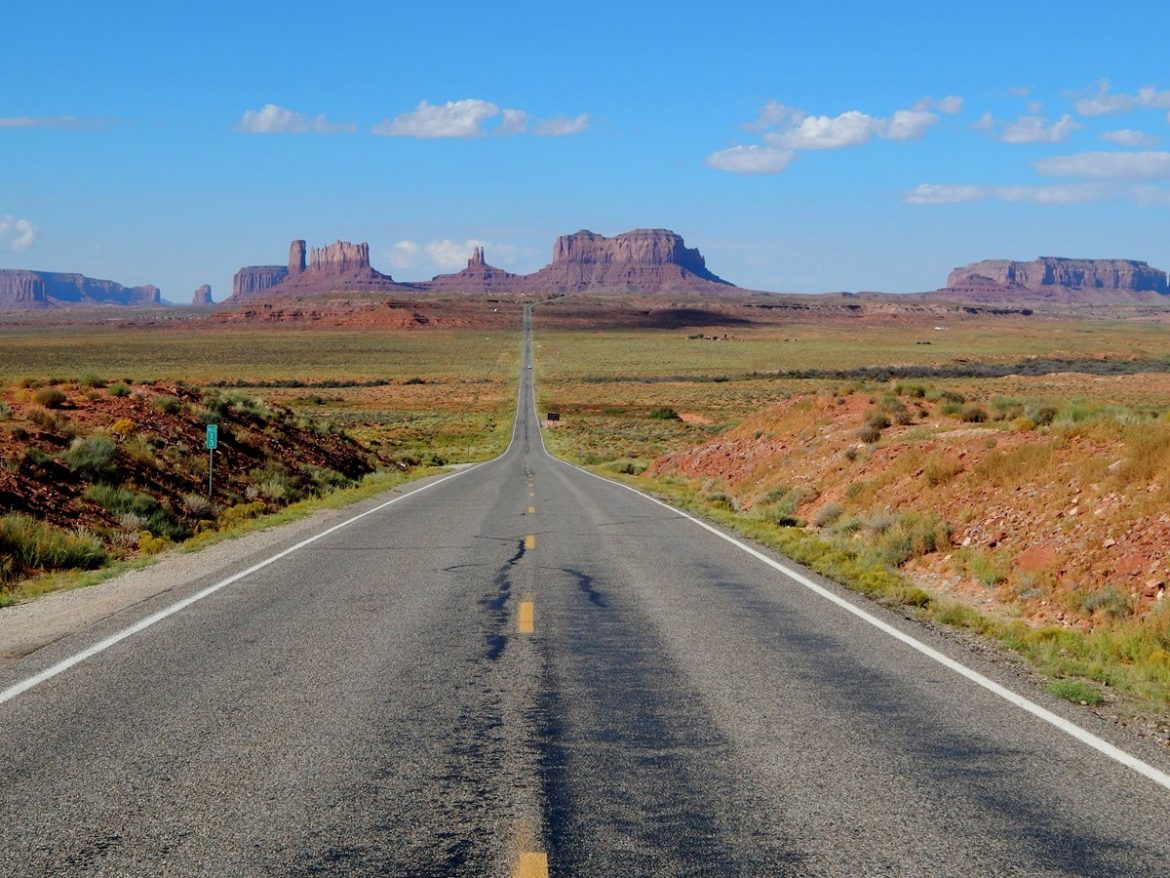The initial stage of planning a road trip in the USA is always the most difficult. You will ask yourself many questions. How do I spend the days you have? How many days? Where to go? How many places to visit? Squeezing in just one more place, and another. I’ve spent the past two years planning multiple road trips in the USA and learned a lot. This post explains the process I go through and how to plan a road trip in the USA.
This post is aimed more towards a foreign traveller who has limited vacation time and can only make the occasional trip across to the USA. It will still have useful information for the domestic traveller but domestic travellers typically spend more time in a smaller number of destination as they can plan multiple road trips each year.
Why You Should Be Planning a Road Trip in the USA More Than 1 Year in Advance
This may sound early to be planning your road trip in the USA but it really is not. Planning early is important so that you can make accommodation bookings as early as possible. You may be planning to visit national parks such as the Grand Canyon. As such, you should be aware that lodging and campsites are in very high demand and will sell out almost as quickly as bookings open. In some national parks, lodgings can be booked up for the summer months a year in advance.
If you are camping then you will have more time because the booking system most national parks use doesn’t allow bookings more than 6 months in advance. There are some exceptions such as Yellowstone so you should check this during your early planning. As with lodging, be ready to book your campsite when your date goes on sale.
I recently booked a campsite in Mount Rainier National Park for two nights in July and the campground was fully booked for my dates after 4 minutes. There is no certainty that I will be able to travel in July, but not making a booking would mean missing out should travel return to normal. If you are indeed unlucky then many national parks have walk-in campsites that can’t be reserved and are sold on a first come first serve basis. I prefer to have the certainty a reservation brings.
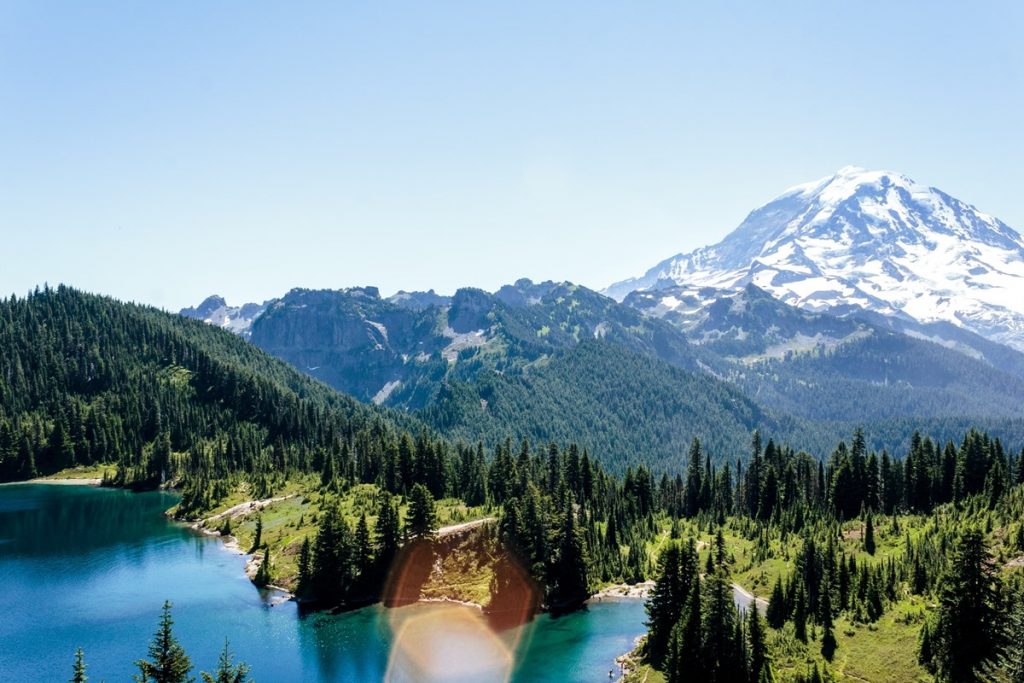
Determine How Many Days You Have
This is the important first step as it will determine the scope of your road trip in the USA. It will determine how many destinations you can realistically fit in and how many miles you should cover. Get this decided upon before you plan anything else.
How many days you have available will depend on your budget, since your accommodation may take up a large proportion of your budget. If you are camping then your budget will of course go further, allowing you more days. The main factor may well be how many days you can take off work in one go. For myself, I usually plan a trip of around 3 or 4 weeks in length. Given the cost of your air ticket, you will want to maximize each of your days.
Decide Where To Go
Once you have decided how many days you have for your road trip you will need to decide where you want to go. Keep in mind that you may well be back in the USA in the future. As such, don’t try to overdo it by driving 10 hours to somewhere out of the way. The last thing you will want to be doing is driving large distances every day. As a rule of thumb, I aim to limit driving to an average of around 150 miles per day. This may sound high, but the USA is massive and the national parks you will be visiting are spread out. Some days you will drive more than 150 miles, some less.
Stick to clusters of national parks in geographical locations. For example, plan a South-West USA road trip visiting the national parks in Utah and Arizona. Come back another year and plan a North-west itinerary in Washington, Oregon, and California. Another road trip might take you to Wyoming, Montana, and the Canadian rockies. You could easily plan a three-week road trip in each of these areas.
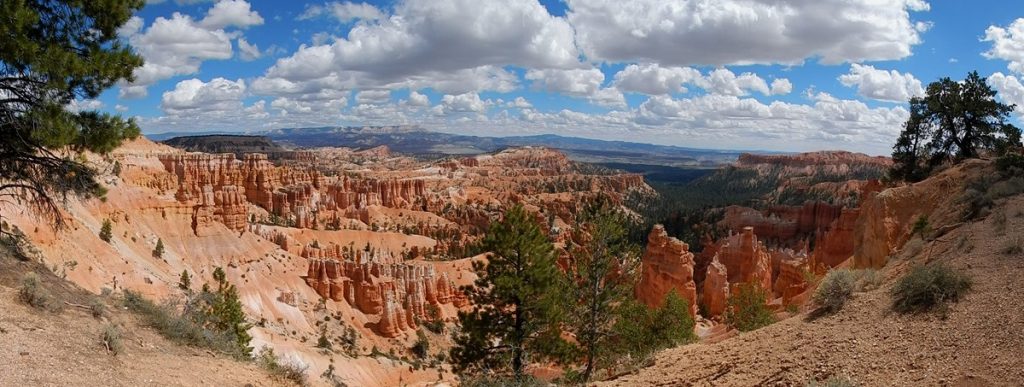
Back in 2019 I was doing just that. I was planning three road trips of three weeks in length in the USA (and Canadian Rockies). With my 2020 trip cancelled, I am now planning two road trips of four weeks in length to cover the same ground in two road trips rather than three. Essentially I merged California with my Utah and Arizona trip and merged Washington and Oregon with my trip to Wyoming, Montana, and the Canadian rockies. I have all 8 weeks of travel detailed out. The only remaining question for me is when we can travel.
Use a spreadsheet as your tool. Each row is a day. The columns are your day location, driving distance, driving time, hotel/campsite, and accommodation cost. Mark your accommodation green once you have booked it to help keep track. I find this helps visualize your itinerary at this stage and it is easy to move rows around.
Create a High Level Route Map
Creating a high-level route map containing all of the destinations you want to visit can help you plan. It will give you an indication of whether you are being too ambitious, or if driving distances are too much for one day. One tool I use to do this is Bing Maps. The advantage Bing Maps gives over Google Maps is you can plot up to 25 points, whereas Google only allows 10. This means you can create a larger route map. For the finer day-by-day route planning you will do later on then I would recommend Google every time. This is because you may be using Google Maps as your sat nav. Nevertheless, Bing serves a purpose early on.
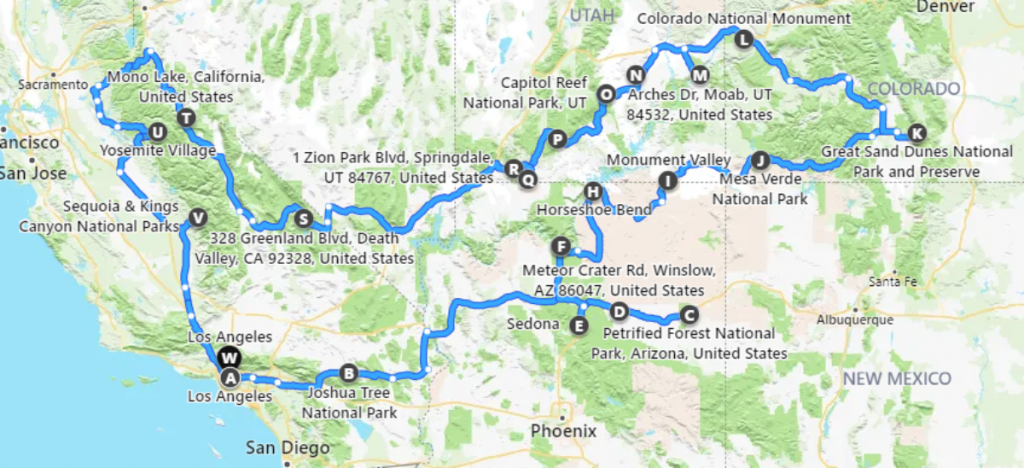
By the end of this early planning stage, you should at least have a high-level outline of where you will spend each night. You can fill in the day-by-day details later. However, if you want to maximize the use of your time then you should aim to plan the finer details early too. This allows you to determine how many days to allocate to each destination. The last thing you want to do is book your accommodation and then wish you had an extra day in one national park and too many days at another.
Determine How Long You Need at Each Destination
Planning your USA road trip early has other advantages. You get to work out exactly how many days you need at each destination. This allows you to book the right amount of accommodation. To do this you will need to plan the finer details.
Do some research on each destination. Make a list of all activities and walks that are available. Find out how long each activity or walk will take and write this next to the items on your list. Remove activities from the list that you don’t feel like doing or aren’t worth the time. You will be left with a list of activities that you are looking forward to doing.
Next, total up all of the hours needed and divide by the number of daylight hours you expect to have per day. For my road trips, I plan on getting up around sunrise and exploring until sunset, so I can see a lot in a day. I plan on 12-14 hour days. Other people prefer a more relaxed pace with a lie-in and may need extra days to cover the same ground. These may be 8 hour days. This means there is no set amount of time to spend in any one location.
Take into account driving distances and times. Add 20% to these times to allow for traffic delays. In peak times there will be traffic, or there may be wildlife blocking the road. Take into account that you may need to drive to the next stop on your itinerary either in the early morning or evening. Try to avoid driving in darkness in remote areas as wildlife can be a serious collision risk.
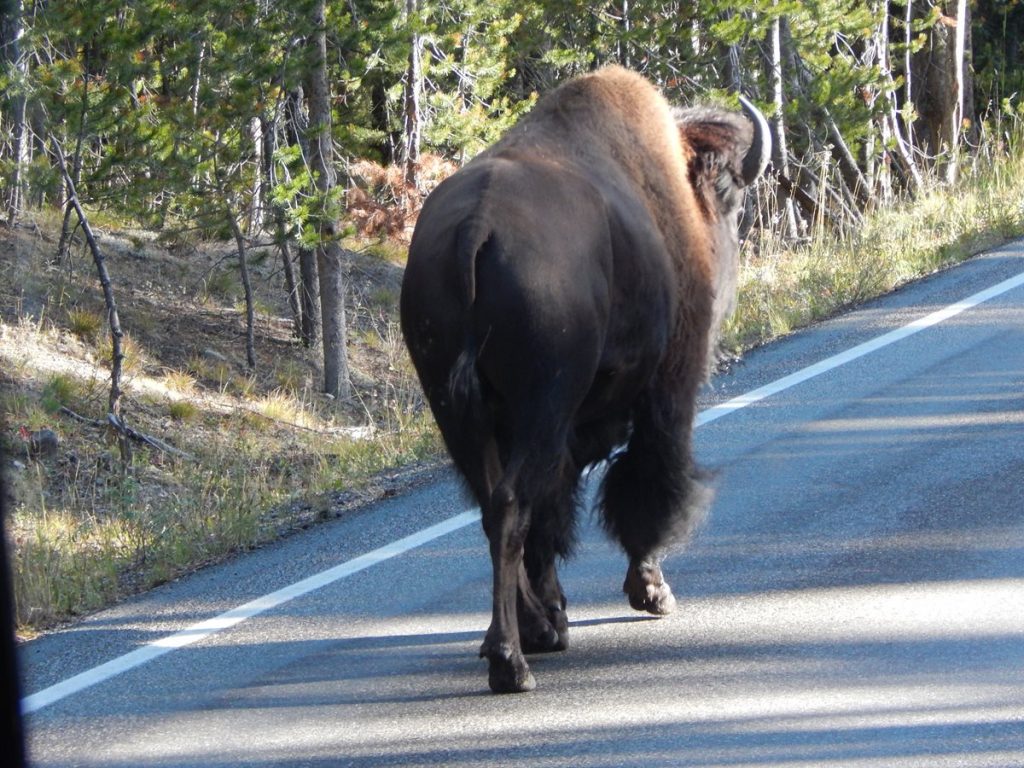
Don’t be Afraid to Axe Destinations
After planning the finer details of your road trip in the USA you may find that you have planned too much. You might find that you need 3 days at one destination instead of the 2 you penciled in. In these situations, it is best to allocate the 3 days needed and axe one of the destinations on your USA road trip. This means you will not return from your trip wishing you had spent extra time in that place. It also gives you somewhere completely new to explore next time.
Deciding to axe a destination from a trip can be a difficult decision. Which one do you choose? For me, I think about future trips and which destination would be easiest to incorporate into one of those. It also comes with the added benefit that you will cut down some driving time from your overall trip.
Determine Your Starting Point
Before you can book any flights or accommodation you will need to work out the starting point for your road trip. This will determine on what days you will be in each destination. Your road trip is likely to be circular in some form so you may have multiple options to begin. Think about which major airport is closest to the route of your road trip. Common starting points for a road trip in the USA include Las Vegas, Phoenix, Salt Lake City, San Francisco, and Seattle. The closer the airport is to your route; the fewer additional miles you will add getting to and from the airport.
Starting from a minor airport is also a possibility but you will need to take into account car hire availability. This is of course unless you are a USA citizen with your own vehicle. Car hire may be cheaper at major airports, so it is worth doing a quick search on car hire before booking your flights. If you have multiple options for your starting point then check which destination has the cheaper flights and car hire from your destination.
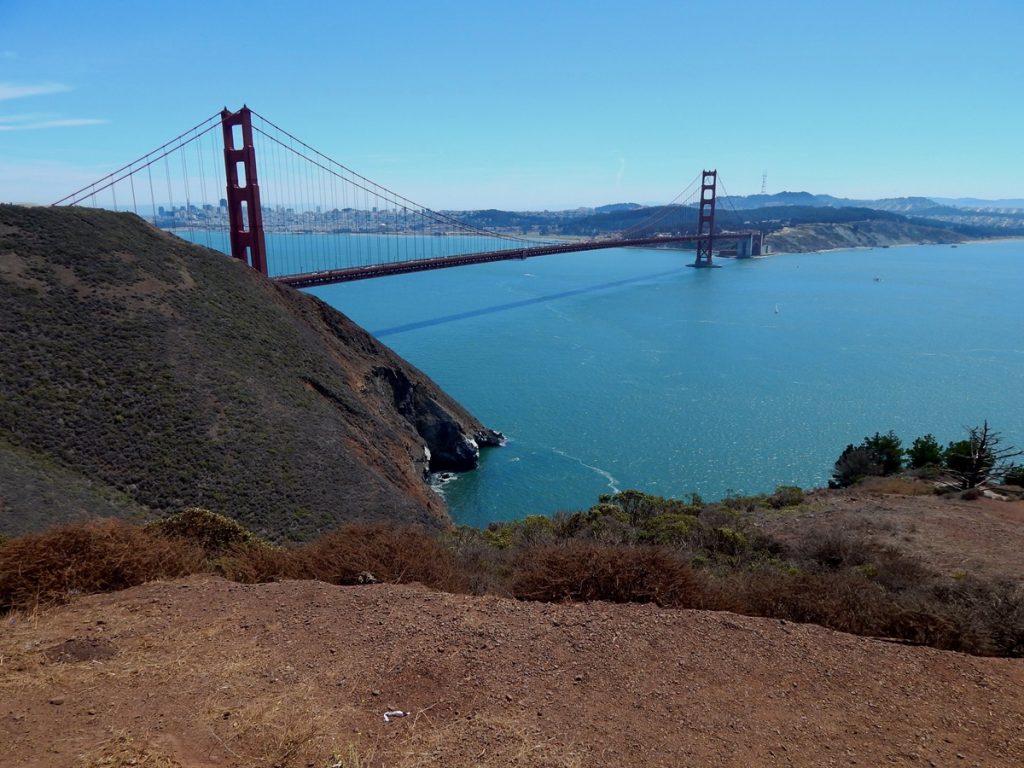
Start Booking Your Road Trip in the USA
Once you have all this knowledge, go ahead and start booking. Prices are rarely going to decrease. In the current climate – make sure anything you book has a good cancellation or change policy. Take out travel insurance.
